
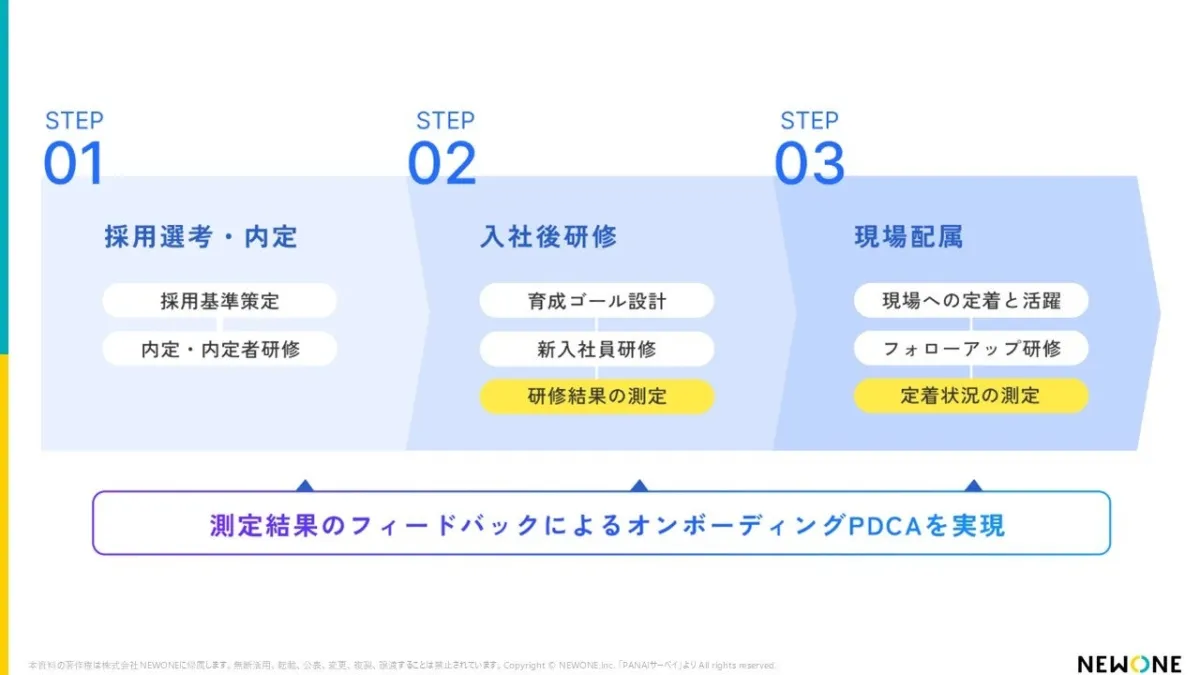
Addressing the Recognition Gap Between New Employees and Supervisors for Successful Onboarding
Exploring the Recognition Gap in Onboarding
In an evolving corporate landscape, the onboarding process for new employees has become crucial to mitigating turnover and mismatches within the workplace. NEWONE, a consultancy firm based in Minato, Tokyo, has recently released a report aimed at improving onboarding strategies using survey data from new recruits and their supervisors, focusing primarily on the recognition gap that exists between these two groups.
Understanding the Onboarding Process
Onboarding is a vital process that ensures new employees smoothly acclimatize to their workplace, empowering them to contribute effectively from the outset. NEWONE employs a survey tool called PANAI to measure and analyze the onboarding experience. The latest report, scheduled for release on April 21, 2025, is based on the feedback from 534 new recruits and 377 supervisors collected over a span from October 2024 to February 2025.
Significant Findings from the Report
1. Career Image Perception: One major finding illustrates that both new employees and their supervisors report a low confidence in projecting their career image a year down the line. This not only reflects the uncertainty new hires feel about their roles but also suggests that supervisors struggle to foster a long-term growth outlook amid rapid changes. This aspect is critical as it correlates with workplace retention, and addressing it could further strengthen employee integration.
2. Understanding Contribution Perception: The survey reveals that many new employees remain uncertain about their contributions to the organization. They often feel they are not fulfilling their expected roles, despite their supervisors believing that they do meet these expectations. This gap underscores the necessity for frequent and constructive feedback, where management clarifies expectations and checks in on the progress of new hires.
3. Skill Assessment Perception: Interestingly, the report indicates high self-assessments among new recruits in areas like problem-solving and proactive behavior, yet they fall short of the benchmarks expected by supervisors. This discrepancy highlights the need for regular discussions between supervisors and new employees to align expectations, establish growth areas, and promote development pathways, thereby enhancing engagement.
The Role of the PANAI Survey
The PANAI survey, supervised by Dr. Manimiya Ogata, serves as an essential instrument in identifying gaps in the onboarding experience and facilitating healthier supervisor-employee dynamics. This systematic approach aids in understanding not just the present state, but also measures the efficacy of onboarding strategies, which is pivotal in today’s competitive job market.
Recommendations for Improvement
To address the identified recognition gaps, several strategies are recommended, such as:
- - Enhancing Communication: Establish a culture of open dialogue where expectations are clearly communicated and discussed regularly. This helps in reinforcing the employees' understanding of their roles and contributions.
- - Regular Feedback Mechanisms: Implement structured feedback sessions to facilitate continual learning and adjustment, allowing new recruits to see how their efforts contribute to company goals and culture.
- - Mentoring Programs: Pair new employees with experienced mentors who can guide them and help them navigate the organizational landscape, enhancing their sense of belonging and direction.
By implementing these strategies, organizations can foster a more synchronized working environment. In conclusion, this comprehensive analysis not only sheds light on the onboarding process's critical elements but also suggests actionable steps organizations can take to improve employee retention and satisfaction. As NEWONE continues to unveil these valuable insights, the firm aims to provide an ongoing support system for companies seeking to enhance their onboarding processes.
For further details on the full report and insights from NEWONE, please visit NEWONE's website.

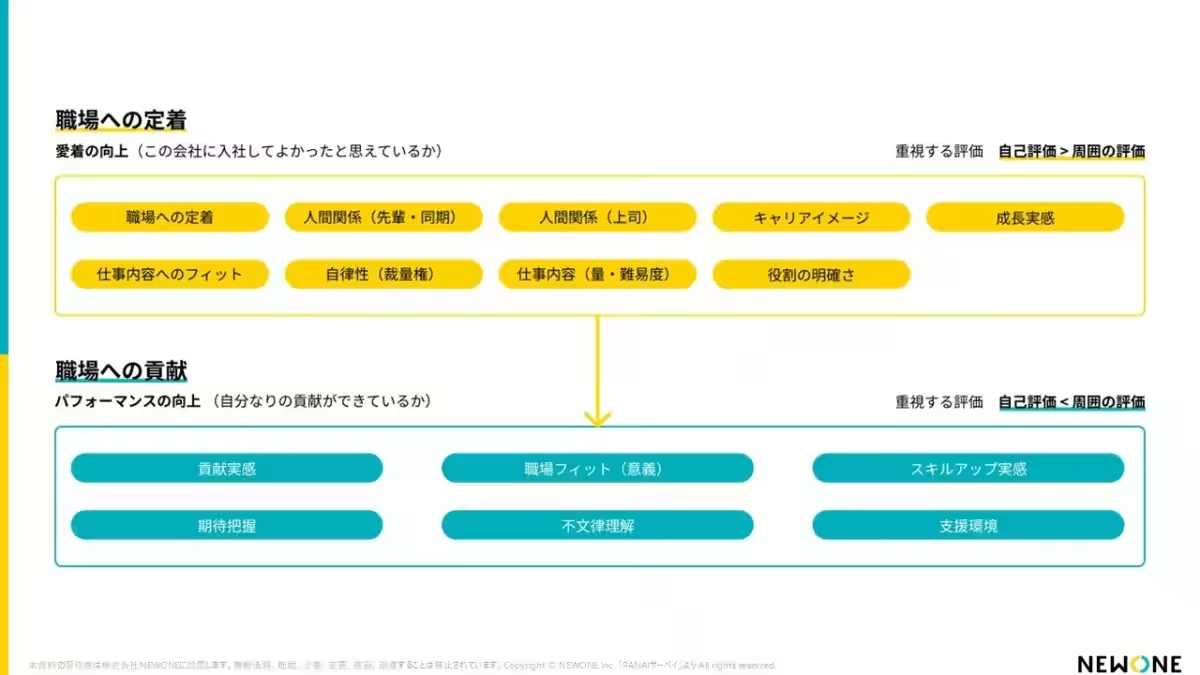

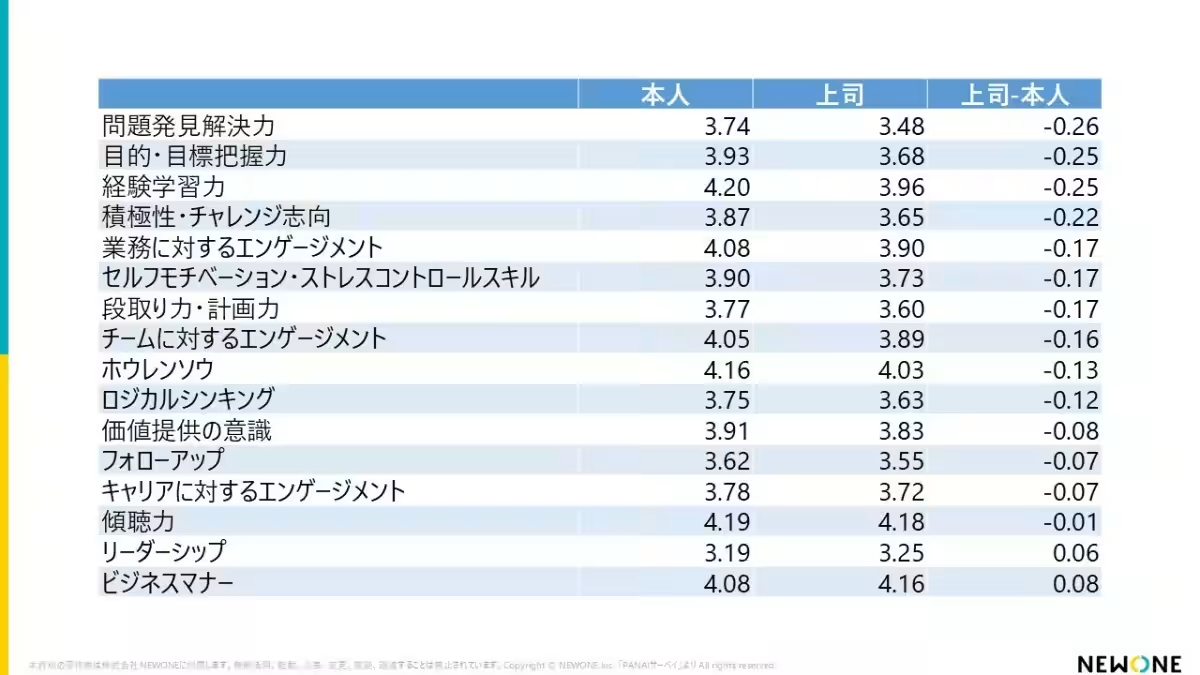
Topics People & Culture)



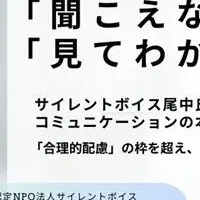


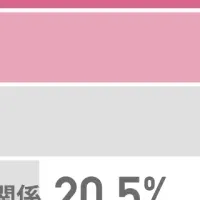



【About Using Articles】
You can freely use the title and article content by linking to the page where the article is posted.
※ Images cannot be used.
【About Links】
Links are free to use.